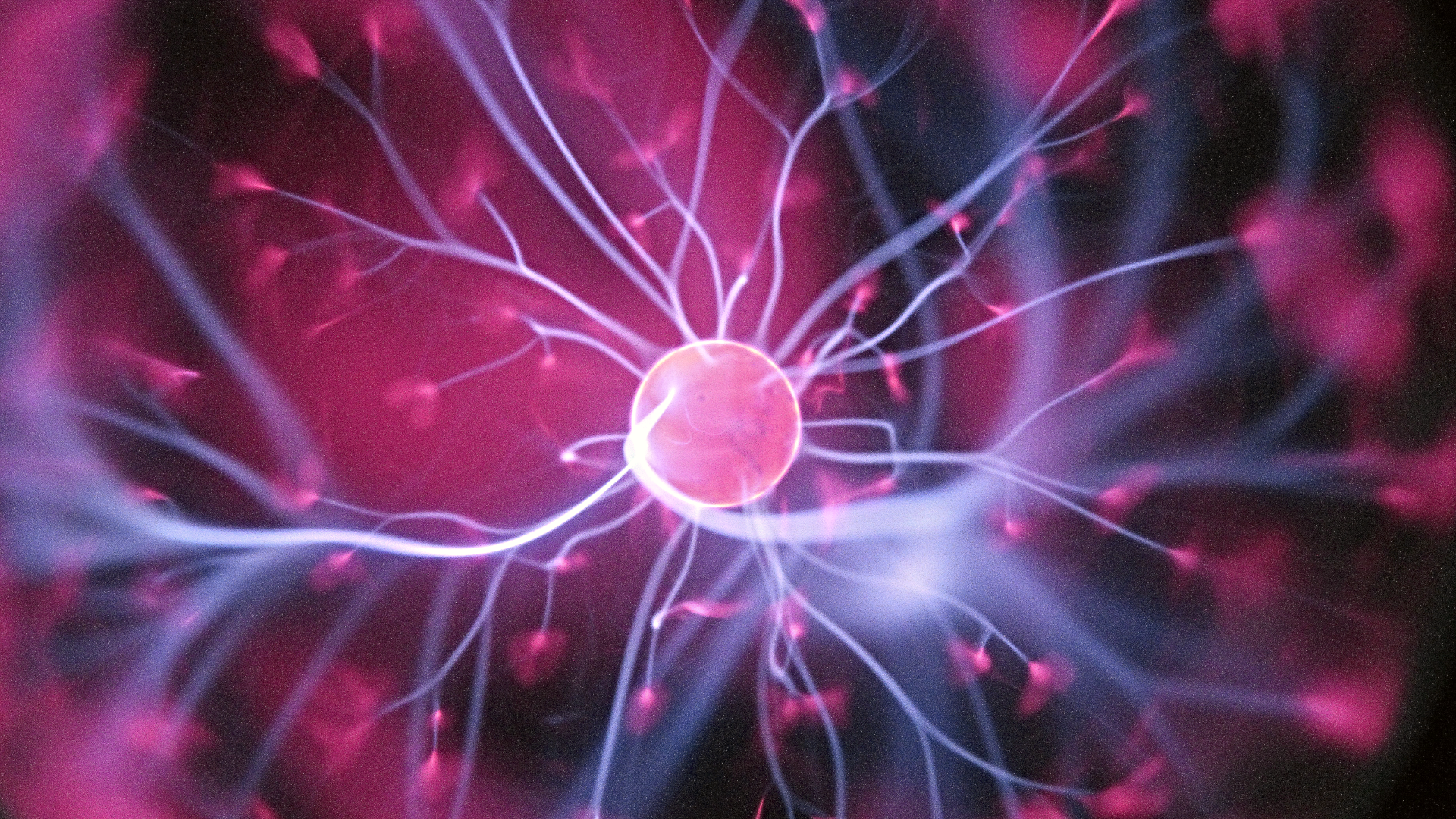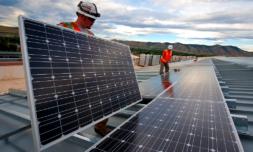With the potential of generating 10 million times the energy of burning coal, is nuclear fusion the answer to sustainably powering the world for centuries to come?
Imagine a technology capable of replicating the chemistry of the stars, unleashing nearly unlimited clean energy, and safely powering the entire world for centuries to come. Sounds real plausible, right?
Dubbed the ‘holy grail’ of energy production, nuclear fusion has been touted as the key to revolutionising the energy sector for decades. Milestone trials for the tech, mind, have been few are far between in that time.
At its current stage, a distinct lack of regulation and declining investment in nuclear fusion means that experts are very much in a ‘proof of principal’ phase. In laymen’s terms, investors still fundamentally need to know the process works before coughing up cash.
What is nuclear fusion?
If you’re not familiar with nuclear fusion (and fair enough), it’s not to be confused with its close relative, nuclear fission.
The latter refers to powering nuclear plants by taking big unstable atoms and splitting them, while nuclear fusion is concerned with taking small atoms and combining them to forge larger ones. Who needs a physics degree, eh?
At its core, nuclear fusion is the universe’s ubiquitous power source which causes the stars and sun to shine and is the main reason the atoms that formed you and I ever came to be.
Science and the energy sector have long been excited by fusion because it leaves no harmful carbon emissions or radioactive waste behind, and has the potential to generate 10 million times the energy of burning fossil fuels.
Beyond this, the two types of hydrogen essential to making fusion possible – known as deuterium and tritium – are both plentiful enough in supply to last for thousands of years. Your grandchildren’s children would still benefit.
With reportedly zero chance of any type of Chernobyl-esque meltdown, nuclear fusion is also considered a practical improvement on renewables like wind and solar power in that fusion plants take up little space relative to the limitless energy they produce.
Specifically, a functioning fusion plant will in theory generate 30 times the energy used to keep its necessary cogs turning, according to those in the know.
So, given frustrating stats that more than 80% of our energy consumption continues to come from coal, oil, and gas, exactly what is stopping us from knocking up fusion plants on a global scale today?





















